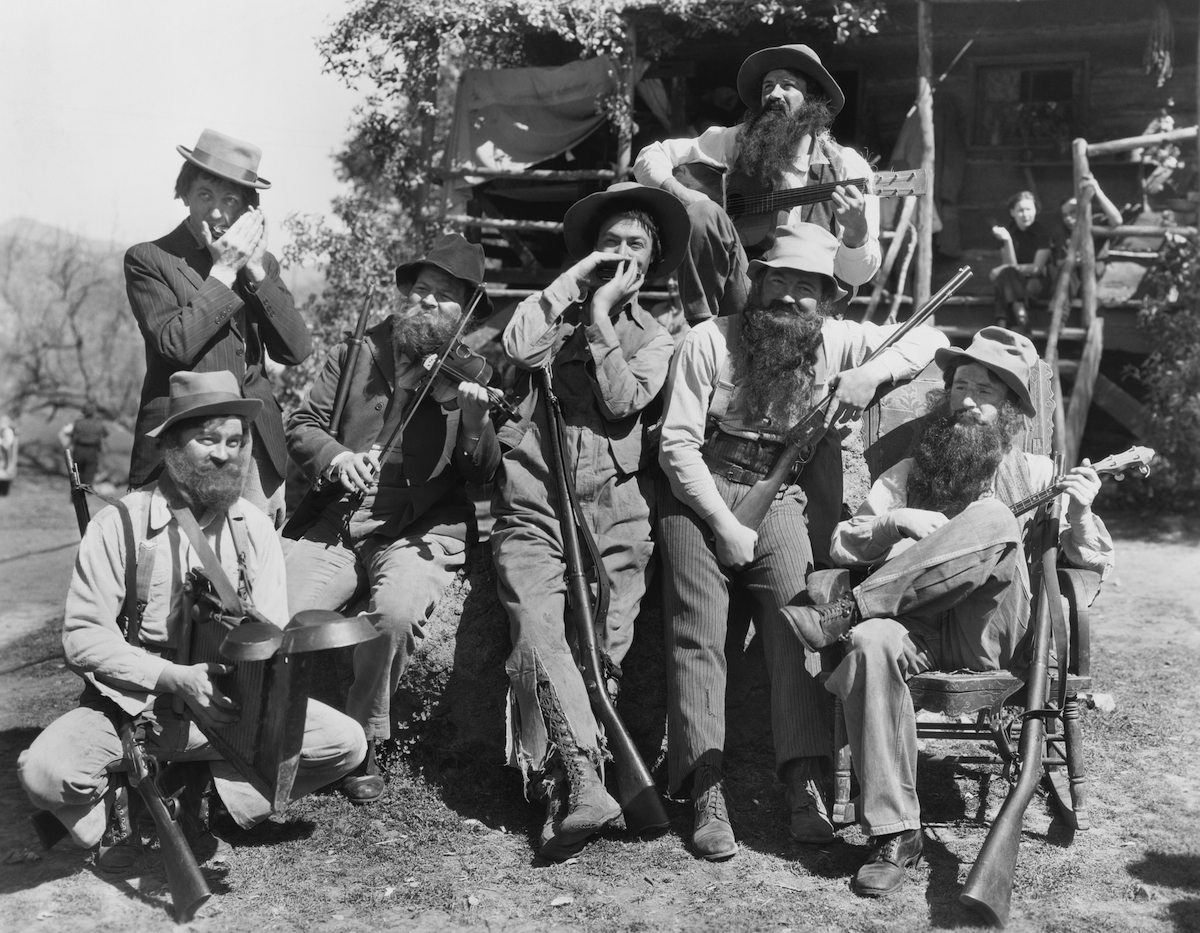The Local newsletter is your free, daily guide to life in Colorado. For locals, by locals.
(But first: Open this YouTube video of legendary harmonica player George “Harmonica” Smith playing “Leaving Chicago” to set the mood.)
When Winslow Yerxa was 15 years old, he wanted to be a rock star. As front man of his teenage garage band, Yerxa and his friends played classics of the British Invasion—tunes by the Beatles, the Rolling Stones, and the Who. There was one problem, though: Sometimes, these songs featured harmonica parts, and none of the band members knew how to play the instrument.

At first, Yerxa tried some digital trickery. “I was humming these harmonica parts through a microphone that would distort the sound enough, and it came out sounding like an instrument halfway between a harmonica and a kazoo,” Yerxa says. “After a while, I started feeling a little silly about it.”
Eventually, Yerxa went out and bought a real harmonica (albeit in the wrong key) and, unwittingly, started a lifelong musical career for himself.
Decades later, Yerxa is a San Francisco-based harmonica player, teacher, and instructional writer, and serves as the president of what can only be described as a niche, but passionate, interest group: the Society for the Preservation and Advancement of the Harmonica (SPAH).
Founded in 1962, SPAH (pronounced “spa”) isn’t a particularly well-known group outside of harmonica-playing circles. Yet, for such a small instrument, the national organization boasts an active membership and, this week, will bring hundreds of harmonica players, collectors, and enthusiasts to the Crowne Plaza Denver International Airport for their 52nd annual convention.
According to Yerxa, tracking the popularity of the harmonica is a complicated task, especially when it comes to counting the number of players. Sales figures are hard to come by, he says, and no harmonica player owns just one.
Still, by his estimates, the popularity of the harmonica is relatively stable in the United States. The instrument itself is fairly young—just over 200 years old, which isn’t very long by musical standards—and hails from German-speaking countries in Europe, where 19th century farmers would make the little mouth organs in their spare time. Because of their small-scale European production, it’s estimated that the instrument didn’t make its way to America until the last quarter of the 19th century. The harmonica—unrivalled in both portability and affordability—was an instant hit in the Western states, including Colorado, where cattle hands and homesteaders could order one to be shipped to them via the U.S. Postal Service.
“Mail-order catalogues were a booming business in the 19th century, because no matter where you were in the country, if mail could get to you, you could order anything from a hatpin to a house, and the harmonica fit right in there,” Yerxa says. “The harmonica came out west, and it’s definitely formed a part of the history of the country. No question about it.”
Its early popularity is part of the reason why the harmonica plays a vital role in both blues and country music, two genres where it remains widely featured. These days, partly thanks to the Internet, SPAH members feel like the instrument is making a comeback. Copious instructional videos, tutorials, and performances have been uploaded to YouTube, and many of the musicians recording themselves are young.
“We see kids who are eight, 10, and 14 years old who are making leaps and bounds in terms of how good they’re getting,” says Paul Davies, Denver resident and former SPAH president. “In our day, we had to just beat our heads against the wall to make any progress.”
Still, there’s a lot that separates a beginner from a professional, or even just a passionate recreational musician. The biggest difference, aside from the hours of practice, is the number of harmonicas in one’s collection. When I ask Davies how many of the instruments he owns, he laughs. “Overall, I probably have about 600 harmonicas,” he says, pausing. “Yeah, I know.”
For those who are intrigued by the instrument, Davies says that Denver has a vibrant year-round harmonica scene that’s worth checking out. The Delta Sonics, a four-time winner of Westword’s Best Blues Band title and 2012 semi-finalist at the International Blues Challenge, is an all-time favorite. According Davies, the band’s frontman and harmonicist Al Chesis is “the hardest working harmonica player in town,” and with an average of 250 gigs a year, there’s a good chance Denverites can catch a show or two.
The 52nd annual SPAH Convention takes place August 11 to 15 at the Crowne Plaza Denver International Airport Hotel. In addition to workshops and classes, the convention will feature concerts by more than 35 performers, including Kim Wilson, Howard Levy, and Jason Ricci. Tickets are available on the SPAH website or at the registration desk each day of the convention.








